12 Fast-Food Items That Vanished (and What Replaced Them on Menus)

Fast food menus evolve constantly, and many fan-favorite items disappear to make way for simpler, faster, or more profitable choices. Over the decades, brands have retired signature burgers, sandwiches, and sides that once defined their image. While some returns spark nostalgia, others stay gone forever, replaced by updated versions or streamlined alternatives. These twelve vanished items show how major chains reinvent themselves to match shifting tastes and operational priorities.
1. McRib (McDonald’s)
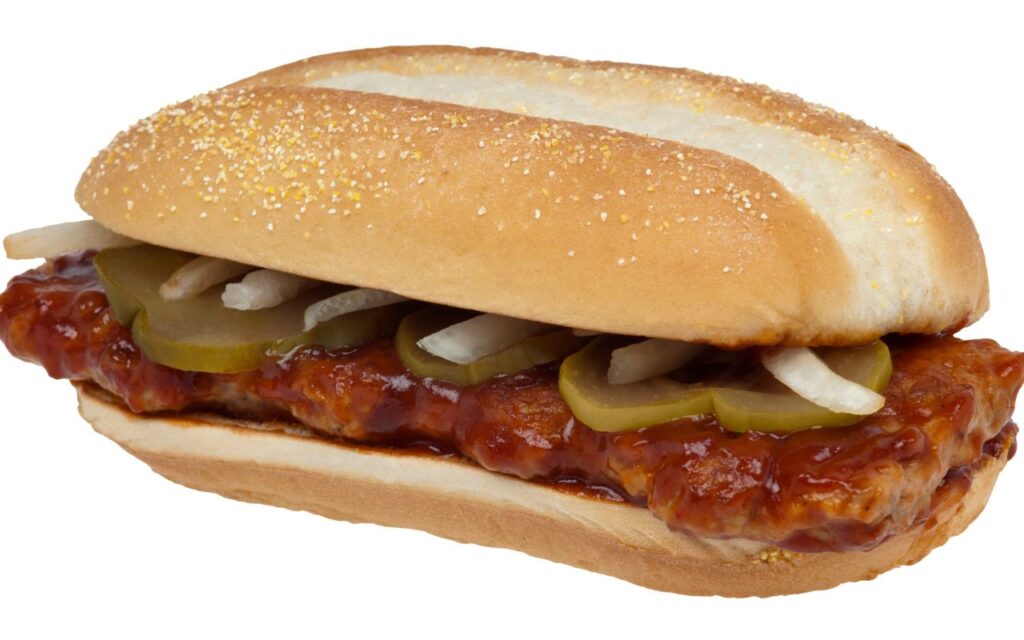
The McRib, introduced in 1981, featured boneless pork slathered in tangy barbecue sauce with pickles and onions on a soft roll. Its unique shape and flavor built a cult following, yet inconsistent sales caused it to vanish from permanent menus by 2005. McDonald’s replaced its space with limited-run sandwiches and focused instead on consistent beef offerings like the Quarter Pounder series, which proved easier to promote year-round while still keeping fans engaged through seasonal McRib returns.
2. Double Decker Taco (Taco Bell)
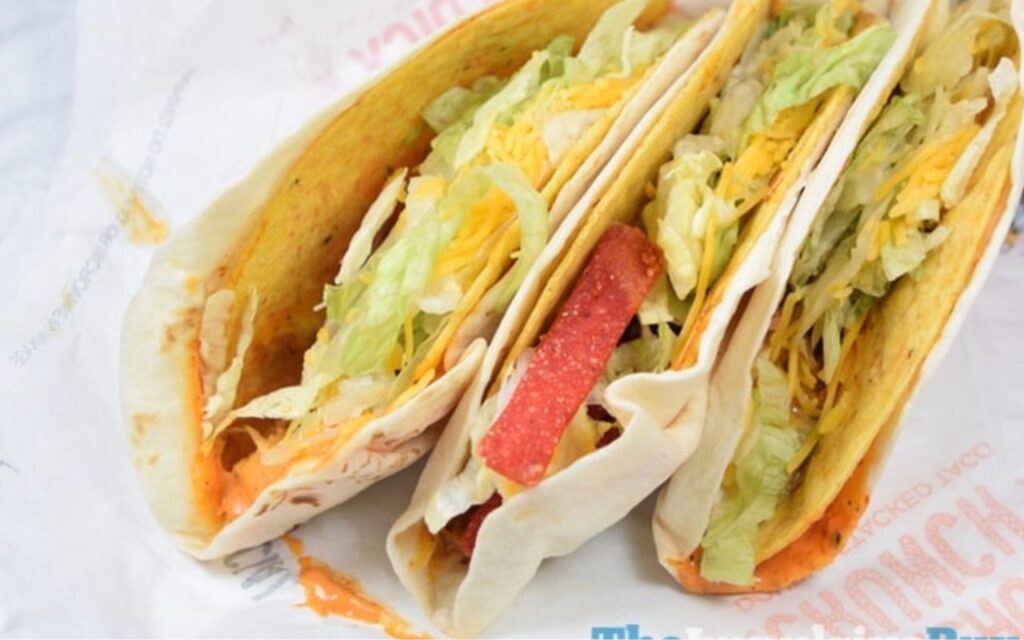
Launched in 1995, Taco Bell’s Double Decker Taco combined a hard shell with a soft tortilla bonded by refried beans, creating a satisfying crunch and chew combo. It became a long-time favorite until 2019, when Taco Bell removed it to simplify menu prep. The chain introduced more streamlined handhelds like the Crunchwrap Supreme and Cheesy Gordita Crunch, both maintaining layered textures but requiring fewer components and offering easier assembly for quicker service during rush hours.
3. Arch Deluxe (McDonald’s)
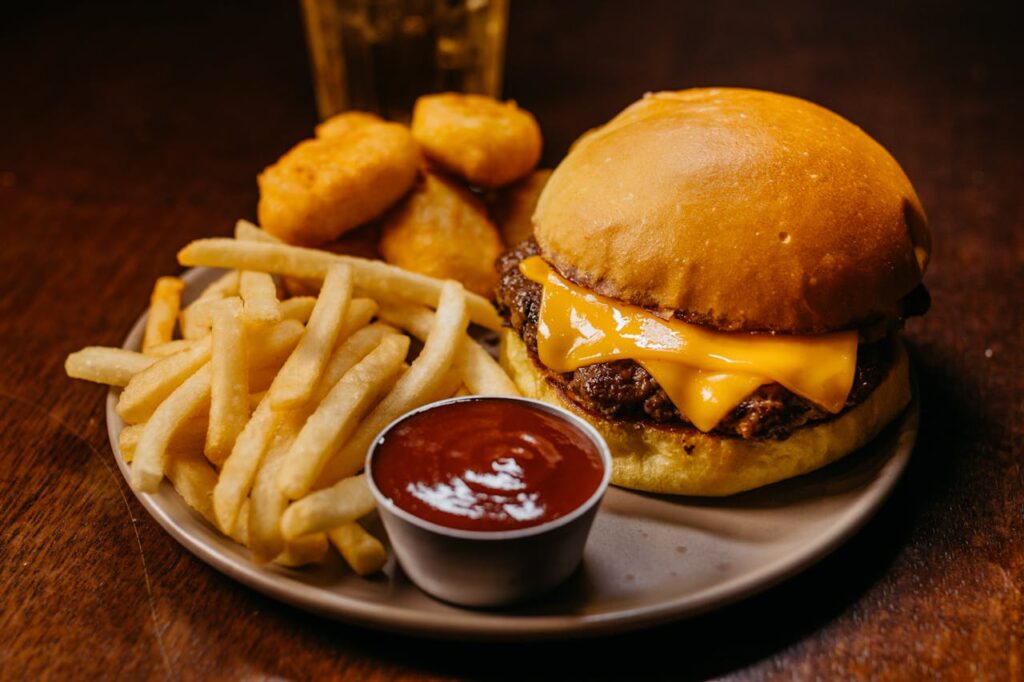
The Arch Deluxe, released in 1996, was McDonald’s ambitious attempt to appeal to adults with a quarter-pound patty, lettuce, tomato, cheese, peppered bacon, and a creamy mustard sauce. Despite heavy advertising, sales lagged, and it was discontinued by 2000. The brand replaced it with simpler premium burgers and refocused marketing on family-friendly items that aligned better with its customer base, paving the way for later successful lines like the Signature Crafted and Quarter Pounder variants.
4. Onion Nuggets (McDonald’s)
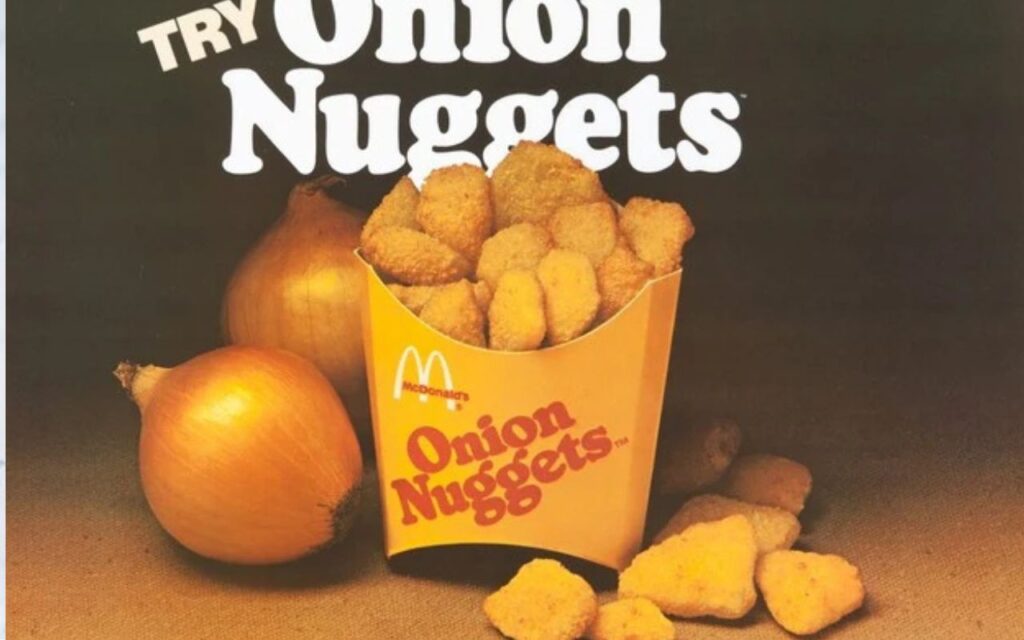
McDonald’s introduced Onion Nuggets in the 1970s, offering breaded onion chunks fried to a golden crisp. Though inventive, they failed to catch on, disappearing by the early 1980s. Their departure cleared room for the wildly successful Chicken McNuggets, which became a global favorite soon after. The experiment reflected McDonald’s growing focus on versatile items with wide appeal and lower prep costs. Today, similar fried onion snacks thrive at other chains, proving the idea was simply ahead of its time.
5. Enchirito (Taco Bell)
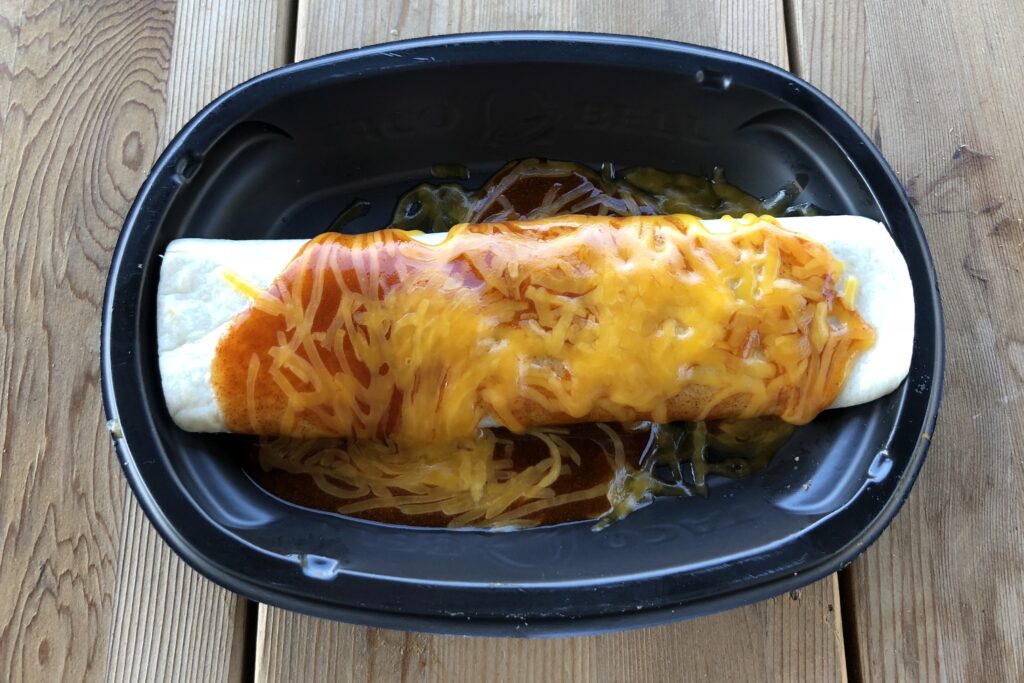
The Enchirito mixed elements of a burrito and an enchilada, featuring beef, beans, onions, and cheese wrapped and drenched in red sauce. It first appeared in the 1970s and gained loyal fans before being discontinued in 2013. The dish’s messy presentation and prep time made it inefficient. Taco Bell replaced it with customizable handheld burritos that delivered similar flavors in a tidier format. Though occasionally revived, the Enchirito symbolizes Taco Bell’s shift toward portability and faster service.
6. Chicken Selects (McDonald’s)
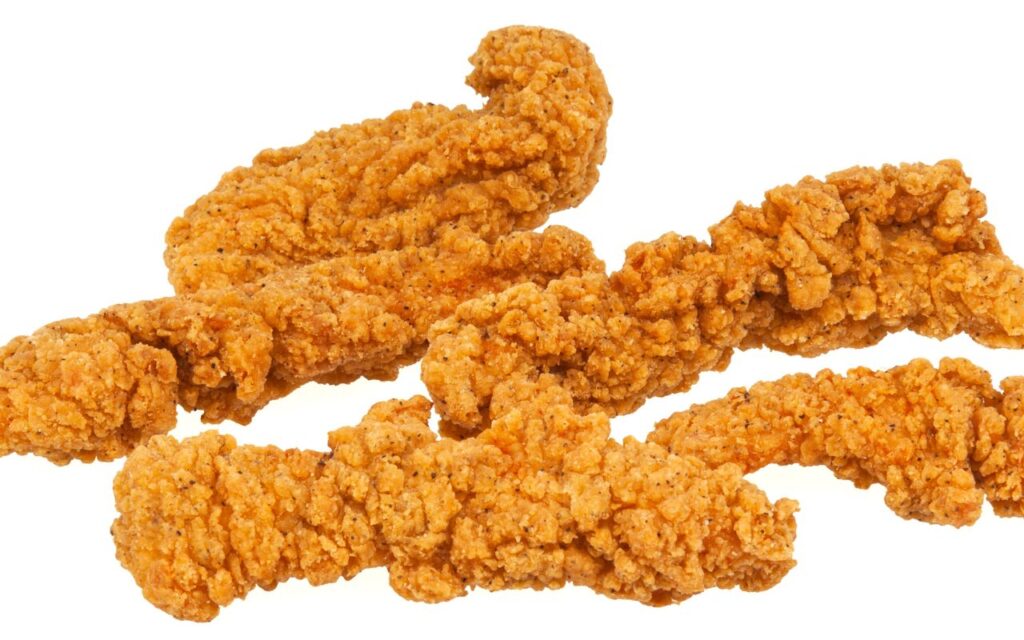
Chicken Selects debuted in the late 1990s as premium breaded chicken strips meant for adults seeking higher-quality fast food. They offered tender, seasoned white meat but were discontinued in 2013 due to preparation time and fluctuating demand. McDonald’s replaced them with Buttermilk Crispy Tenders and later the McCrispy Sandwich line, both easier to produce and more universally appealing. The move showed how simplicity and efficiency could outperform even well-loved niche products on a global scale.
7. Mexican Pizza (Taco Bell)
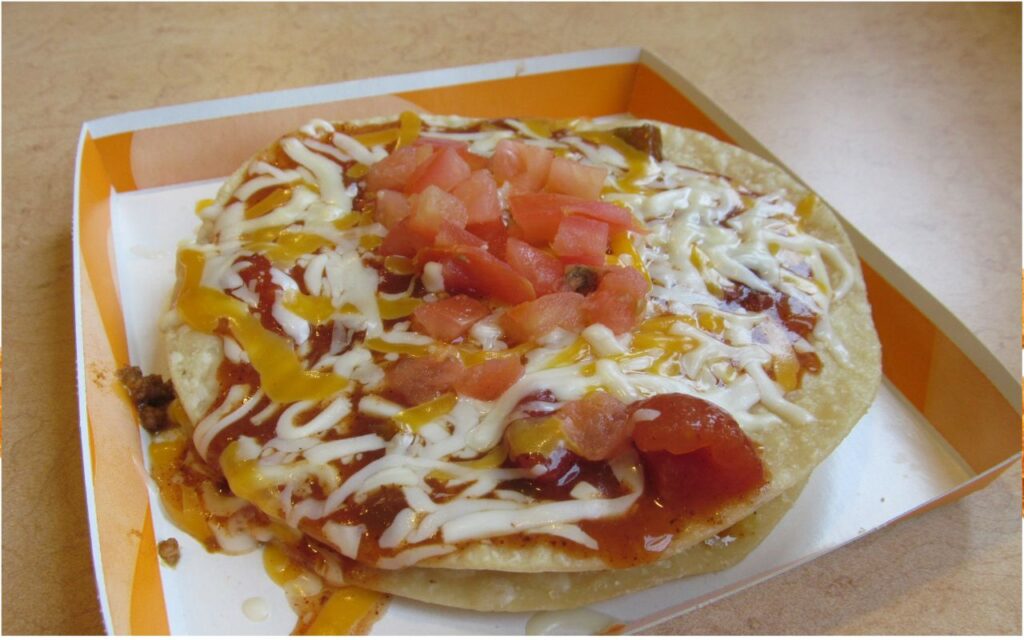
Introduced in 1985, the Mexican Pizza layered beef, beans, cheese, and sauce between crispy tortillas, delivering a Tex-Mex twist on comfort food. It was discontinued in 2020 amid packaging and efficiency concerns. Taco Bell replaced it with wrap-style items like the Quesarito and the Grilled Cheese Burrito, which retained similar flavors but reduced prep time. The pizza returned briefly due to fan demand, highlighting the nostalgia fast-food brands often leverage to reignite interest.
8. Bonus Jack (Jack in the Box)
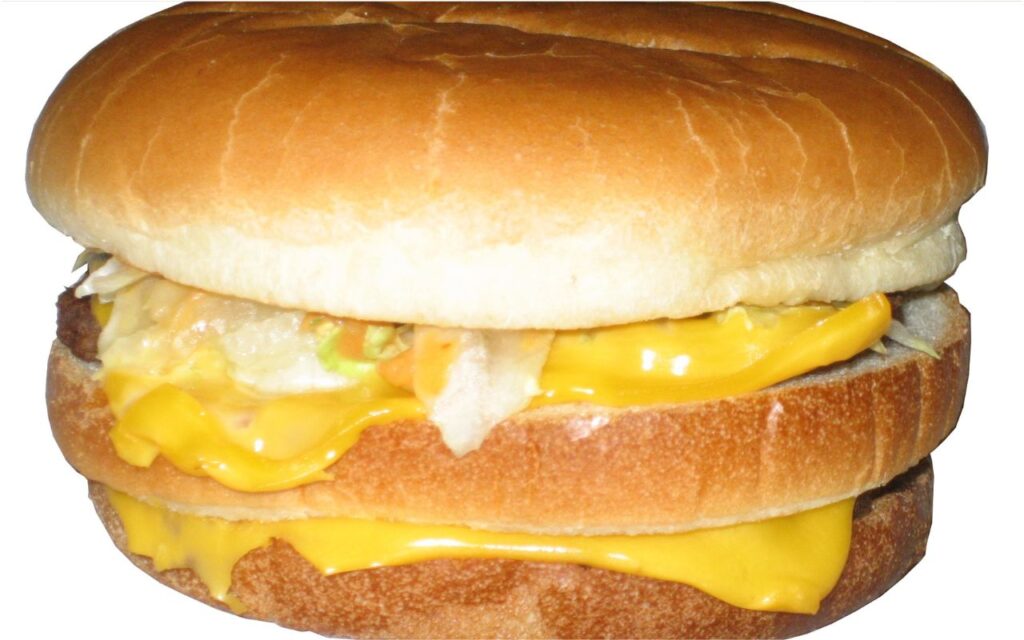
The Bonus Jack launched in 1970 as Jack in the Box’s rival to the Big Mac, featuring two beef patties, lettuce, cheese, pickles, and Jack’s special sauce on a triple-layer bun. It disappeared in the 1980s but has reappeared occasionally as a promotional item. Its absence allowed room for the Jumbo Jack and other signature burgers that became permanent fixtures. The Bonus Jack’s periodic revivals show how nostalgia continues to influence limited-time fast-food marketing.
9. Pretzel Pub Burger (Wendy’s)
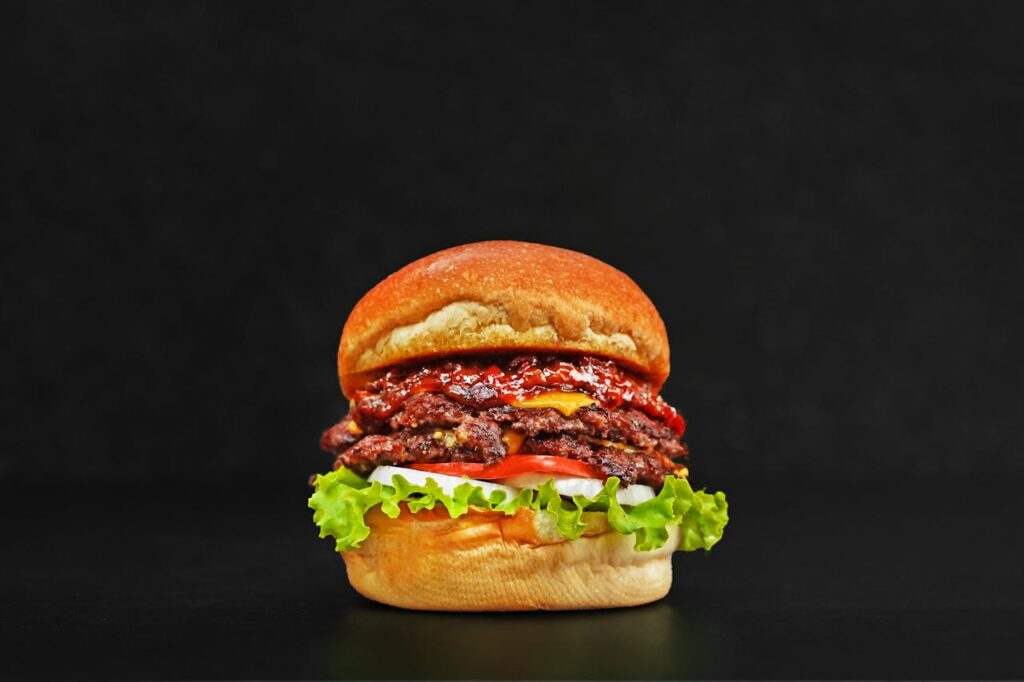
The Pretzel Pub Burger, first launched in 2013, became a fan favorite for its soft pretzel bun, beer cheese sauce, bacon, and Muenster cheese. Despite strong reviews, it was pulled during menu streamlining efforts. Wendy’s replaced it with core items like the Bacon Pub Cheeseburger and other simplified pub-style sandwiches using standard buns. While the Pretzel Pub Burger occasionally returns for short runs, its removal highlights the brand’s balance between novelty and operational efficiency.
10. Potato Wedges (KFC)
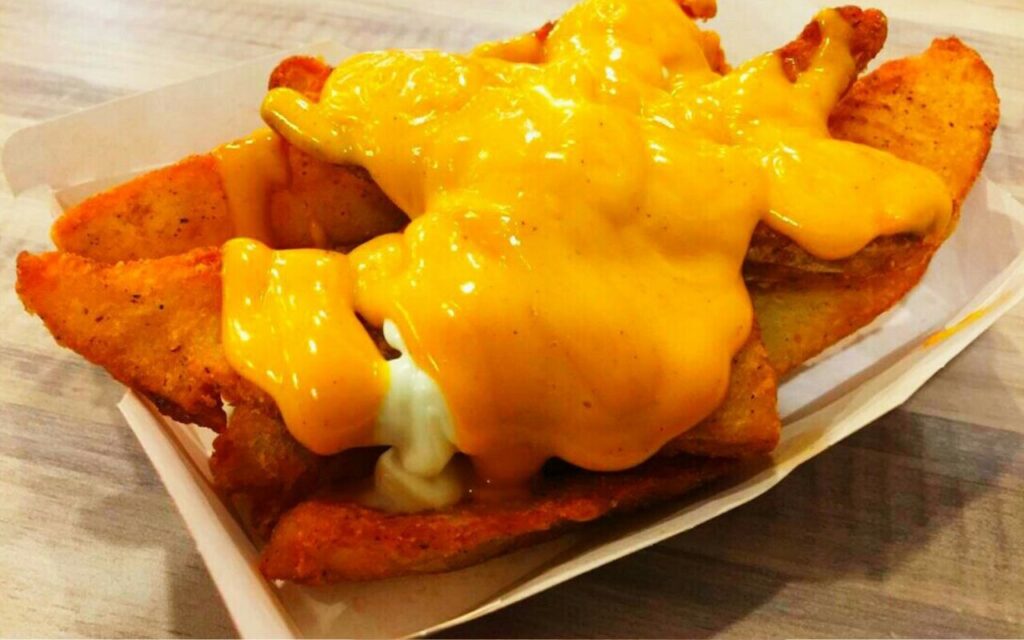
KFC’s Potato Wedges were thick, seasoned fries beloved for their crispy exterior and soft, fluffy interior. In 2020, they were replaced by Secret Recipe Fries, which cook faster and align better with global menu standards. The change disappointed many loyal fans, but fries offered easier prep and consistency across franchises. The shift also reflected KFC’s global focus on uniform sides that pair with chicken buckets more effectively than heavier, unevenly cooked wedge-style portions.
11. Snack Wrap (McDonald’s)
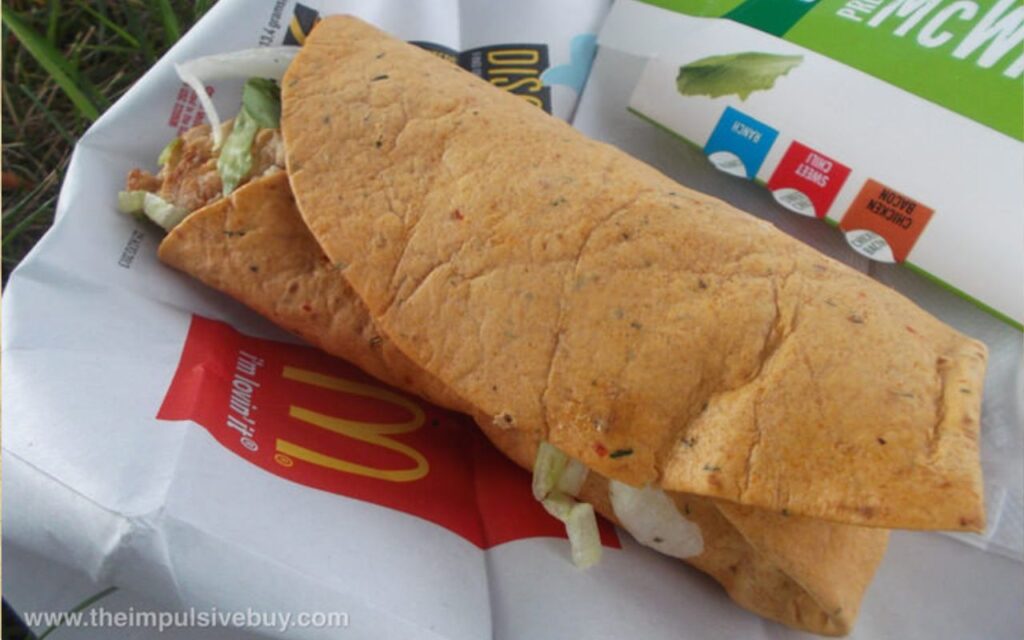
The Snack Wrap offered grilled or crispy chicken with lettuce, cheese, and ranch or honey mustard sauce, all rolled in a tortilla. Launched in 2006, it was discontinued in 2016 because assembly slowed kitchens and sales lagged. Its exit made room for simpler chicken sandwiches that provided the same flavors in a faster, easier format. Though fans frequently request its comeback, McDonald’s maintains that the streamlined sandwich lineup is better suited for today’s speed-driven service model.
12. Bell Beefer (Taco Bell)

The Bell Beefer, Taco Bell’s take on a sloppy-joe-style sandwich, featured seasoned ground beef, lettuce, and tangy sauce on a soft hamburger bun. Introduced in the 1970s, it was phased out in the late 1980s as the brand returned to its Tex-Mex identity. Its removal made space for more tacos, burritos, and gorditas that defined Taco Bell’s modern menu. Despite its cult following, the Bell Beefer remains a quirky reminder of the brand’s early experimentation.





